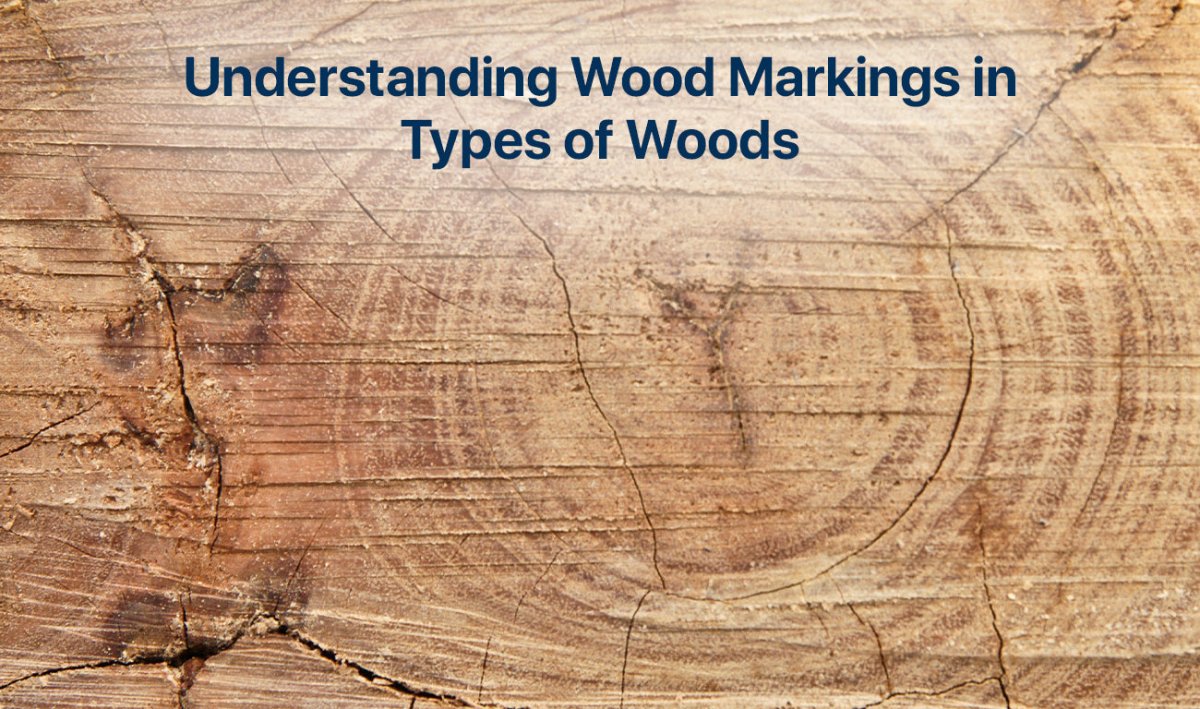The cabinets look extremely beautiful and make the kitchen look well-organized, there is no doubt about that. However, the types of woods plays an equally important role as its looks would in cabinet construction. Before finalizing a kitchen cabinet, you must look at its construction. Solid wood and wood veneers are used to construct cabinets. Generally, you can witness color change. It naturally occurs because when the wood is exposed to different lighting atmospheres, it tends to change its appearance. It depends on the soil where the trees are grown. Apart from that, natural reaction trunks end grain surfaces and after areas of the wood stain and darker than the other areas. It is a natural phenomenon that’s beyond one’s control.
Furthermore, all types of woods contain features like pinholes, sap runs, knots, and darkening due to aging. These features make wood look naturally appealing and similarly, it reflects on the cabinet’s appearance.
Note: Avoid all types of woods from exposing to moisture for a long time.
Structure of the Wood

- Bark - Bark is a tough outer layer of the wood block that seems pretty rough and stern.
- Sapwood - The new growth that you can see around the core later is called sapwood. It is lighter in color and is covered with the bark.
- Heartwood - It is the core of the tree and is darker in color.
Types of Woods

Cherry wood
The appearance of cherry wood is compared to cherry as it has red color undertones. However, there are variations in the shades, i.e., white to deep rich brown. Cherry wood contains even textures, exposed pin knots, and curly grains. Turning dark due to aging is one of the qualities of cherry. Below are the features of typical cherry wood:
- It has streaks, pin knots, and small sap pockets.
- It naturally turns darker over time and captures a stained look.
- It might get bumpy and scratchy after a while.
- You can witness variations in side-by-side cabinets.
- It has color variations from pale yellow to deep reddish brown.
Maple wood
Maple wood is a closed-grain hardwood that looks white or cream but contains reddish brown hues. White maple wood contains more uniform graining patterns than other types of woods. Fine brown lines, wavy gaining with curls, mineral streaks, and bird’s eye dots are some of its characteristics. These characteristics make the wood look naturally appealing. Below are the features of maple wood:
- It has color variations from creamy white to dark reddish brown.
- When stained, you can find wavy, burl-graining, worm-tracking, and curly bird’s eye patterns.
- You can witness variations in side-by-side cabinets.
- It will form mineral streaks that will naturally turn darker over time and captures a stained look.
Birch Wood
Birch is a heavy close gained hardwood. This wood is available in light brown or reddish-colored heartwood with creamy yellow sapwood. It has mild grain patterns that are both straight and wavy. Birchwood does not fade or get darker too easily, unlike other types of woods. Its smooth and hard surface makes it easy to stain or finish. Below are the features of birch wood:
- The short grain areas will always be visible.
- While creating contrast or staining, its mineral streaks will grow darker.
- Staining can make it look darker, wavy, curly, and burl-graining.
- Different wood densities will form irregular spots and color patches.
Features Found in Common Types of Woods

- Mineral streaks
Mineral streaks are a type of wood markings that are naturally present in the wood. It is basically because of the moisture absorption that a tree contains from the soil. The wood seems to have grainy with brown, black, or olive streaks. The mineral streaks will appear dark or light in shade, depending on the cabinet construction.
- Pin knots and sap pockets
When the tree naturally dies or if the branches are torn apart from the tree, that part starts decaying. As a result, it appears darker compared to the sapwood and has ½” or smaller knots. Plus, it does not affect the cabinet’s quality.
- Aging of wood
The wood aging is a natural phenomenon that can change the wood’s color over time and turn it either darker or lighter. This defect can occur due to wood exposure in different environments, like moisture, direct sunlight, and room temperature.





